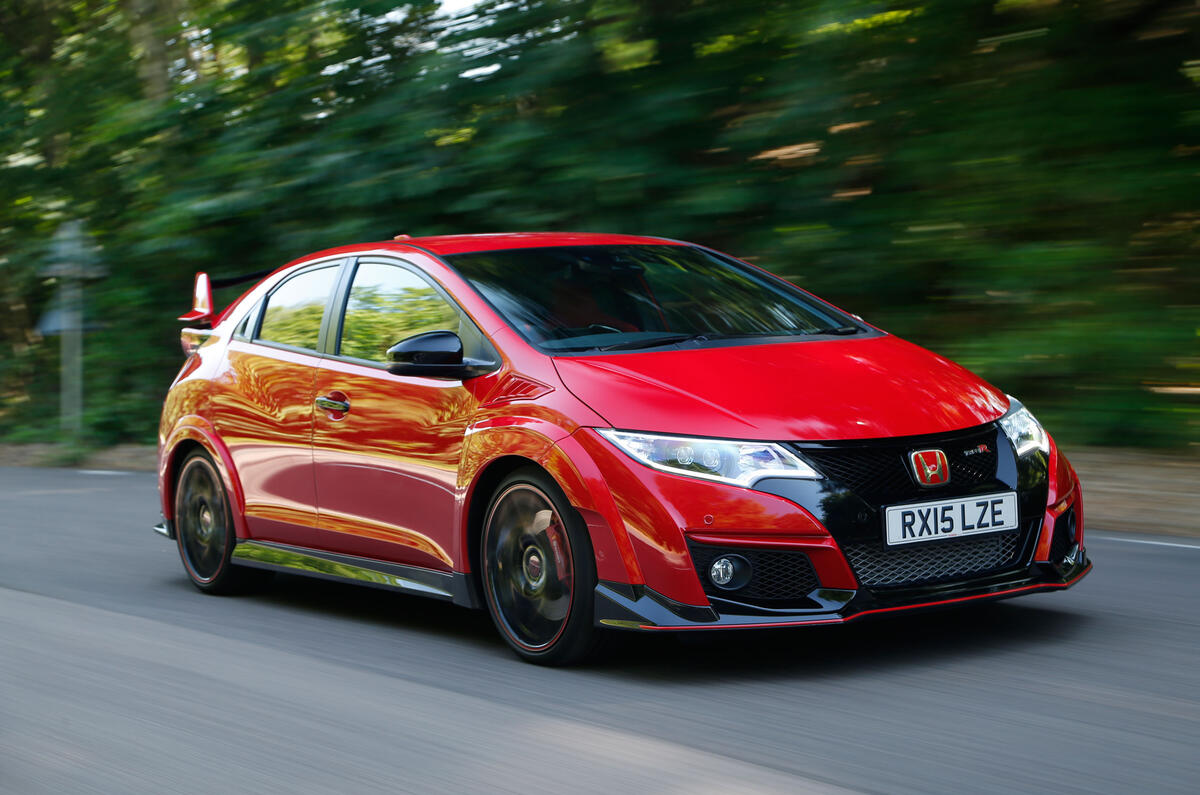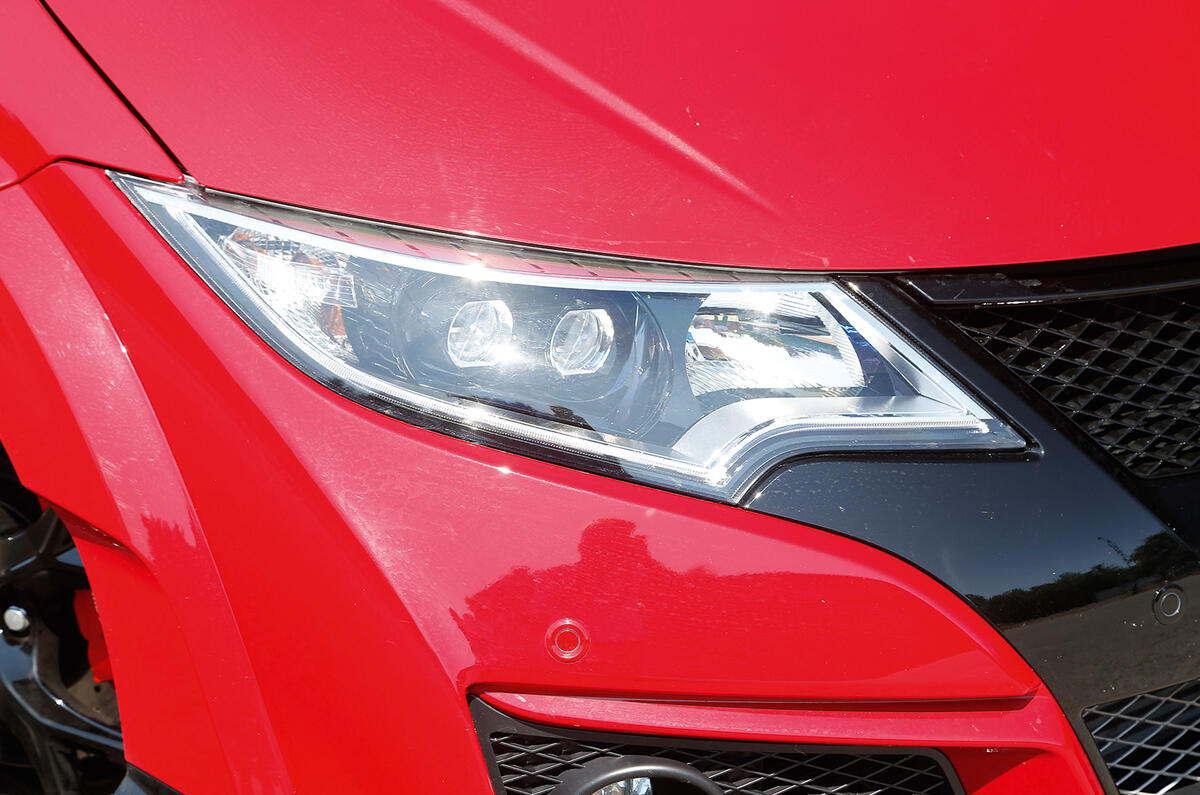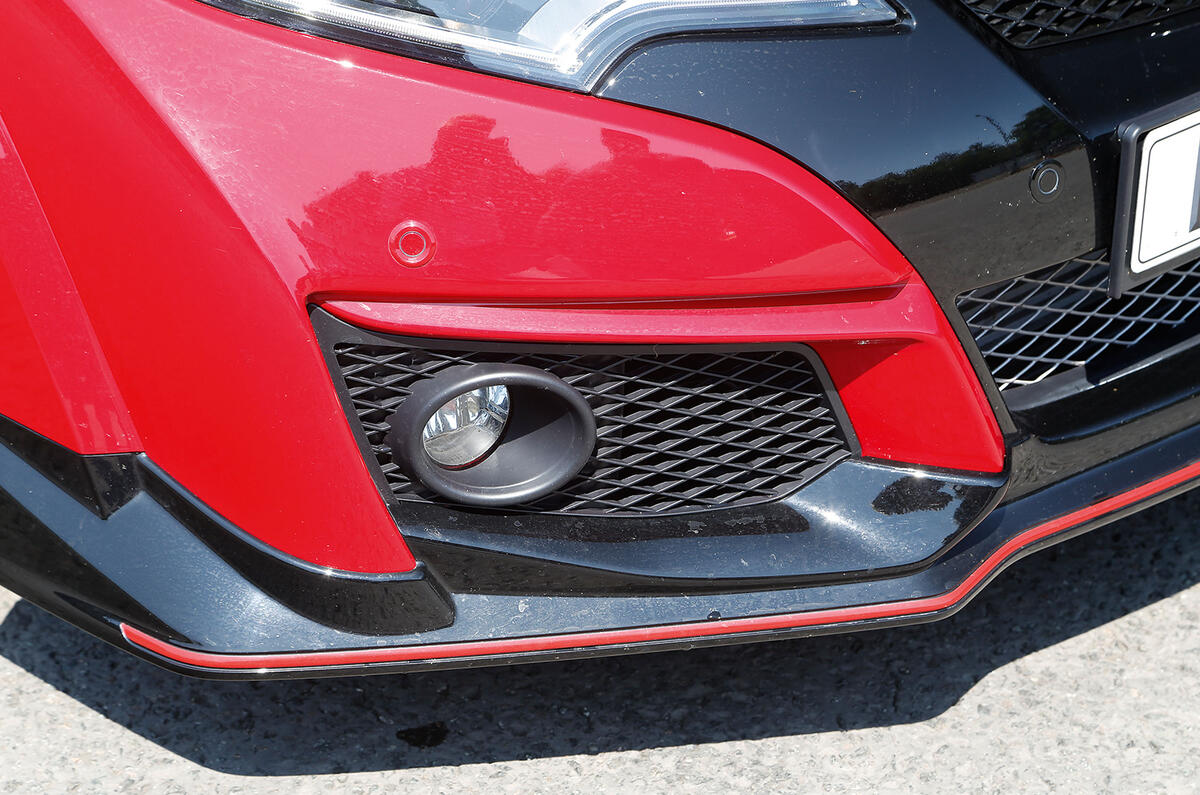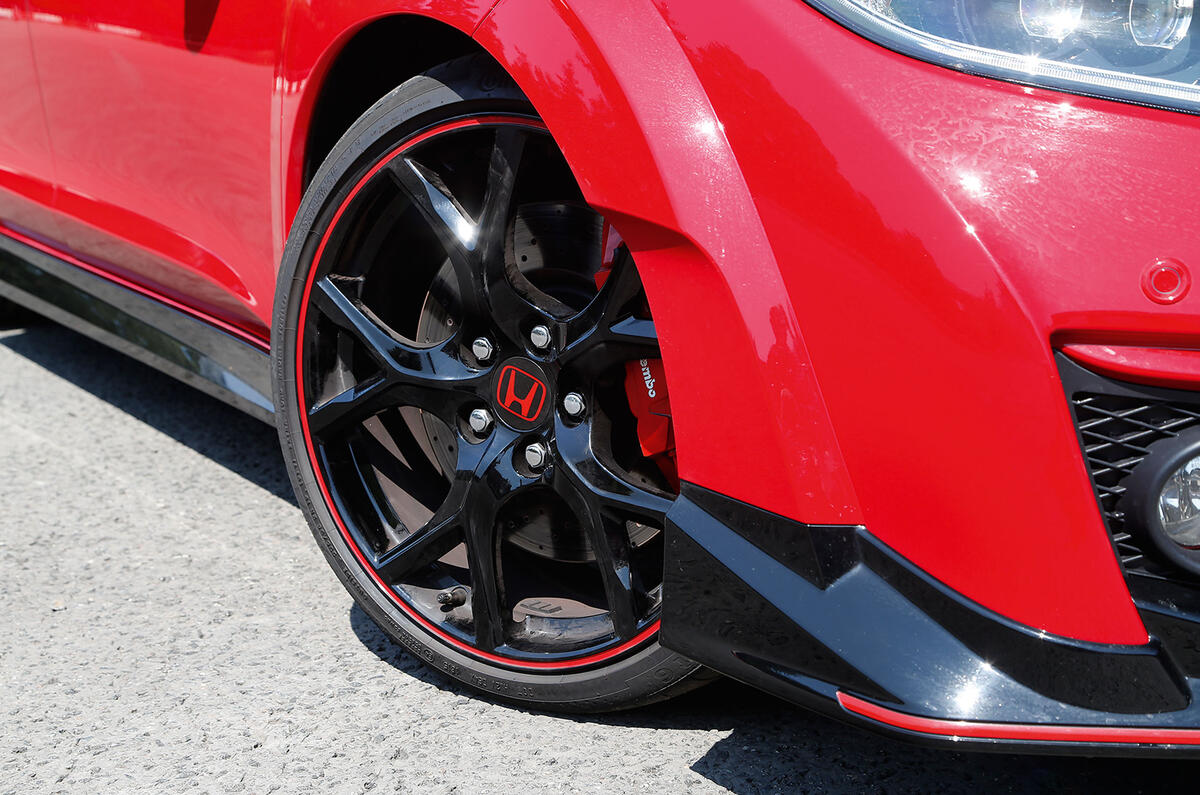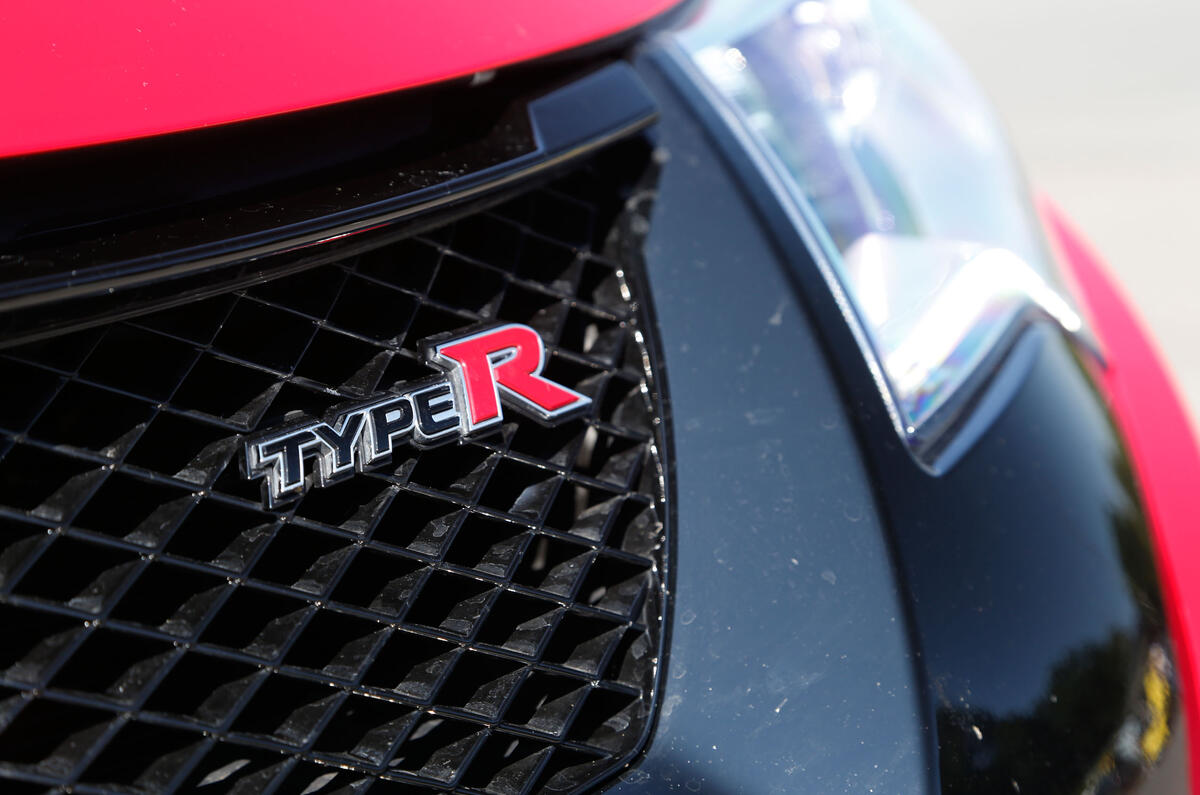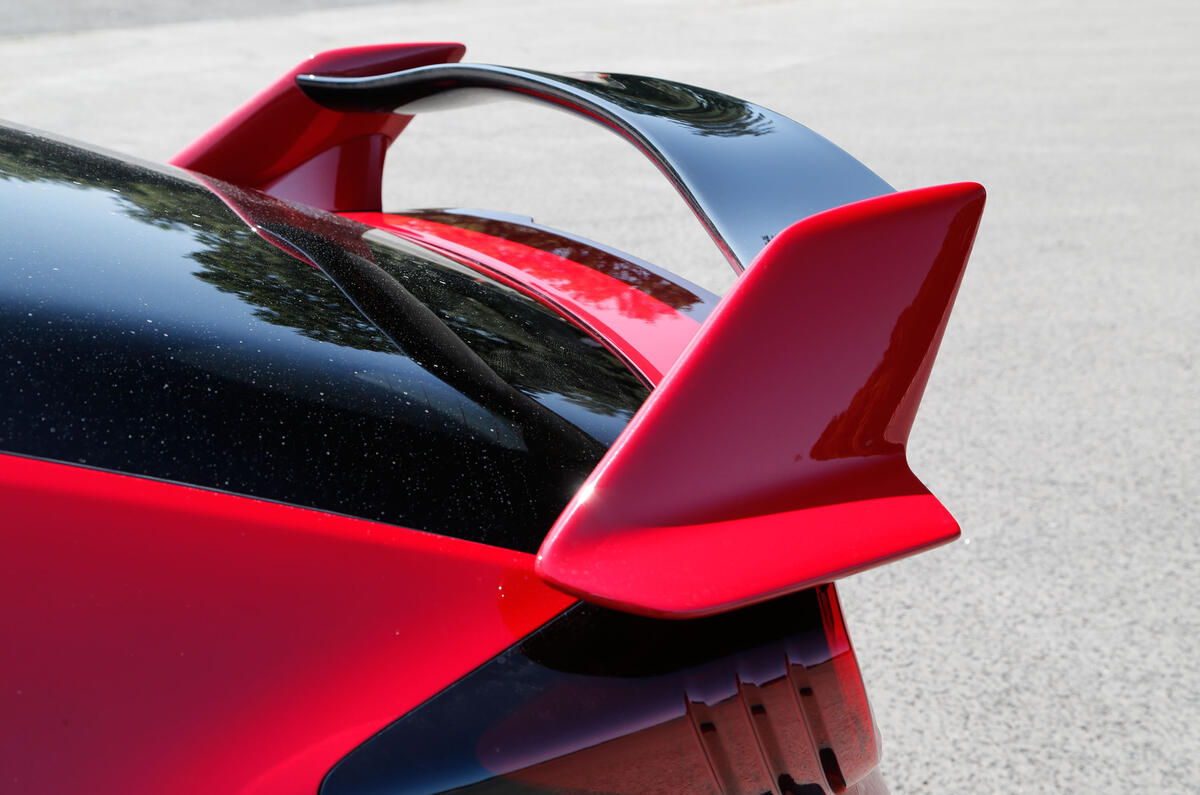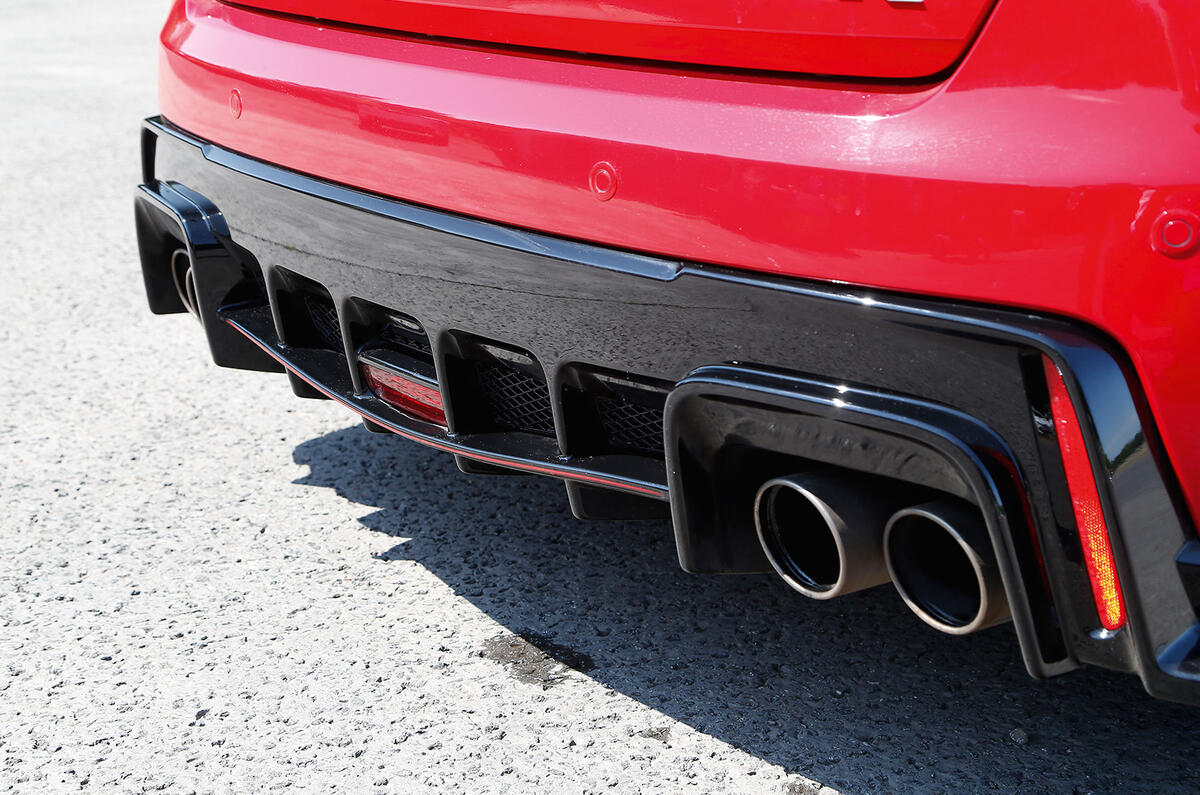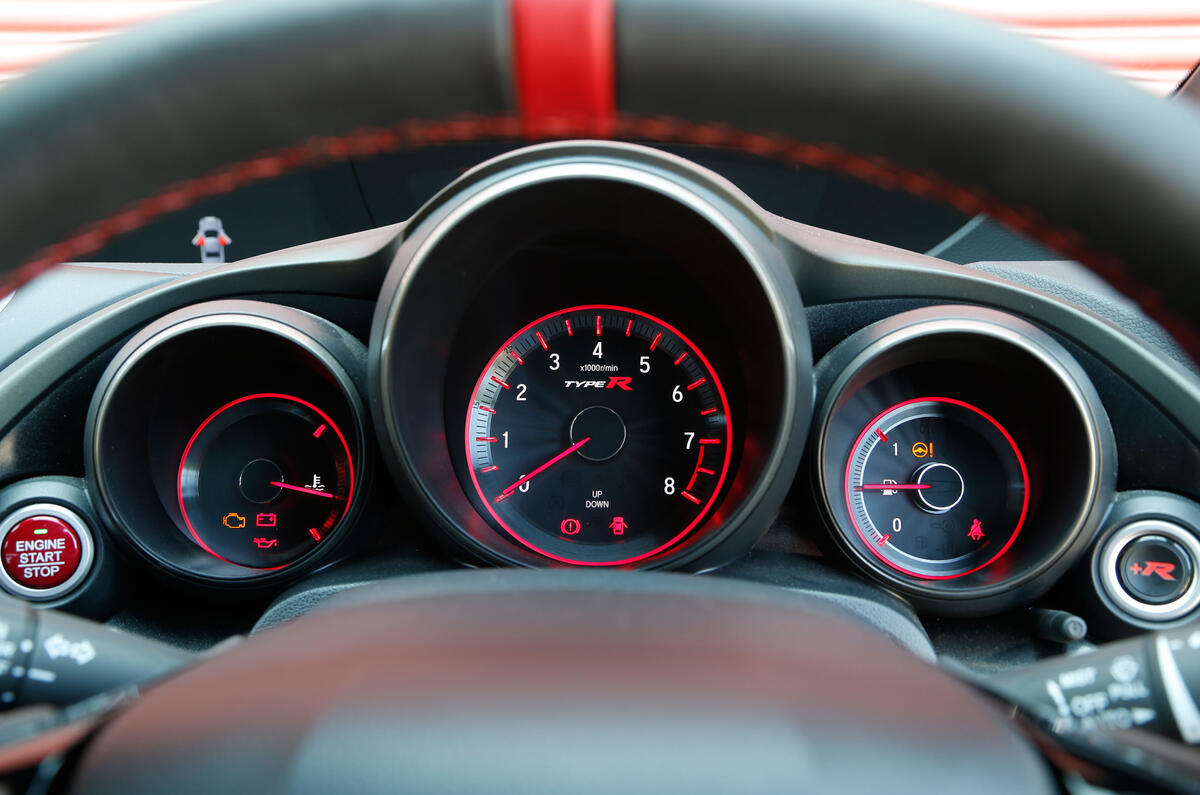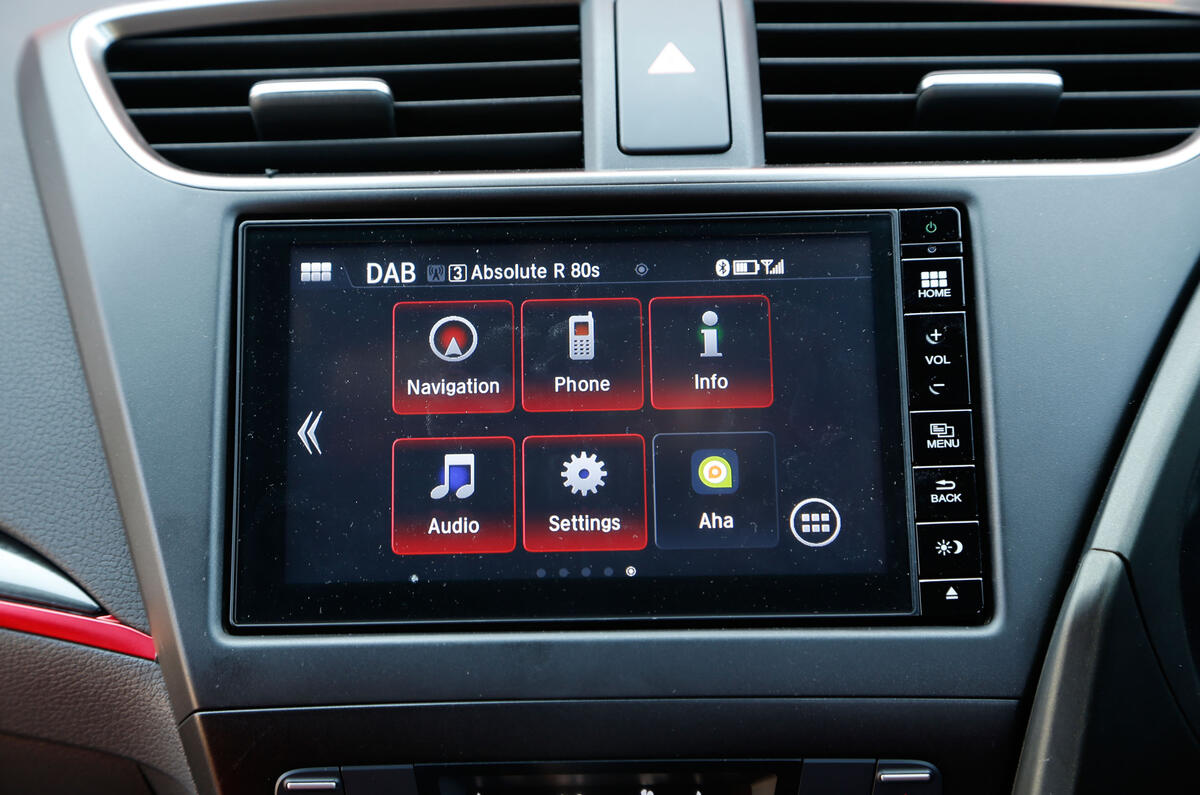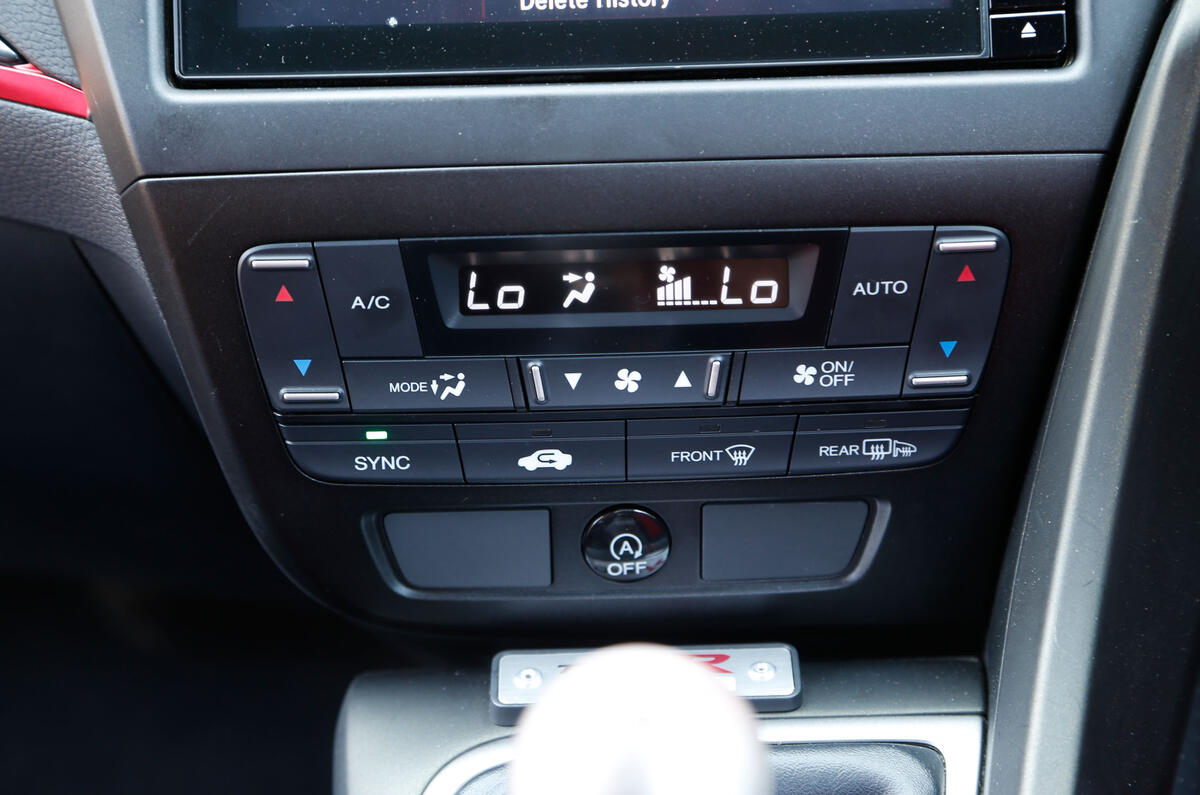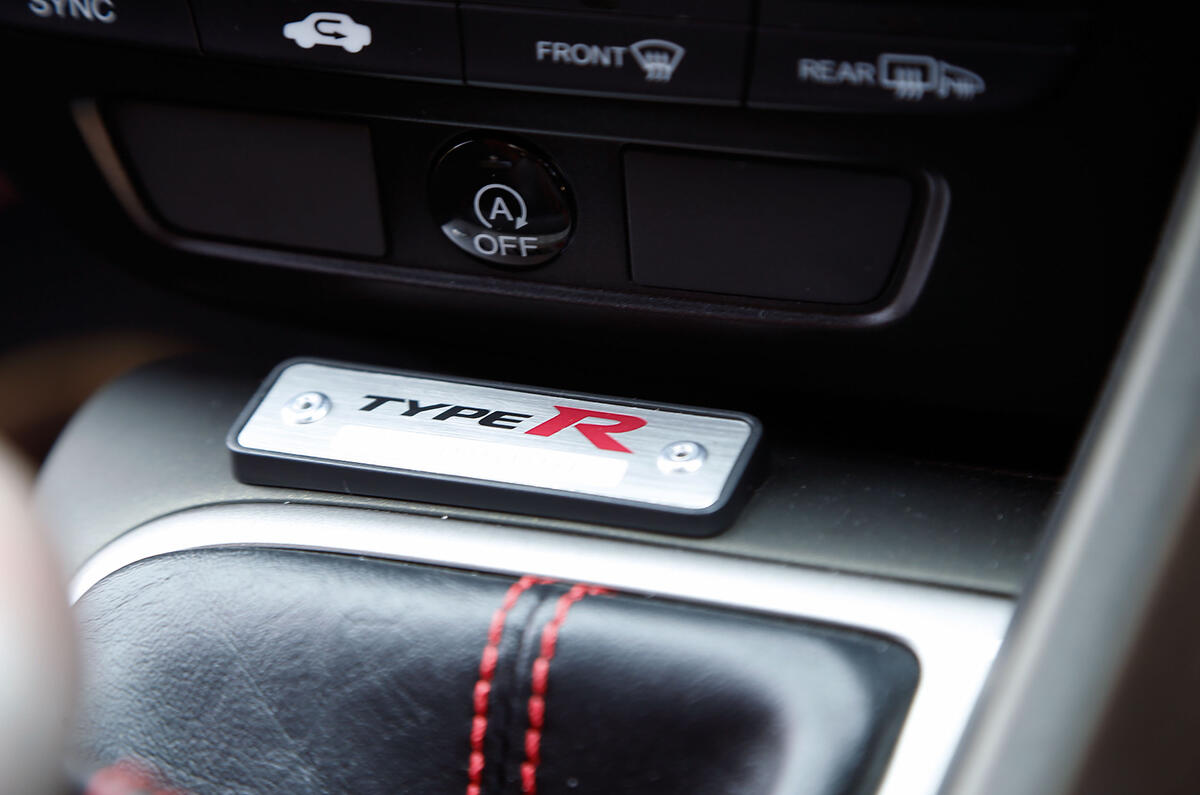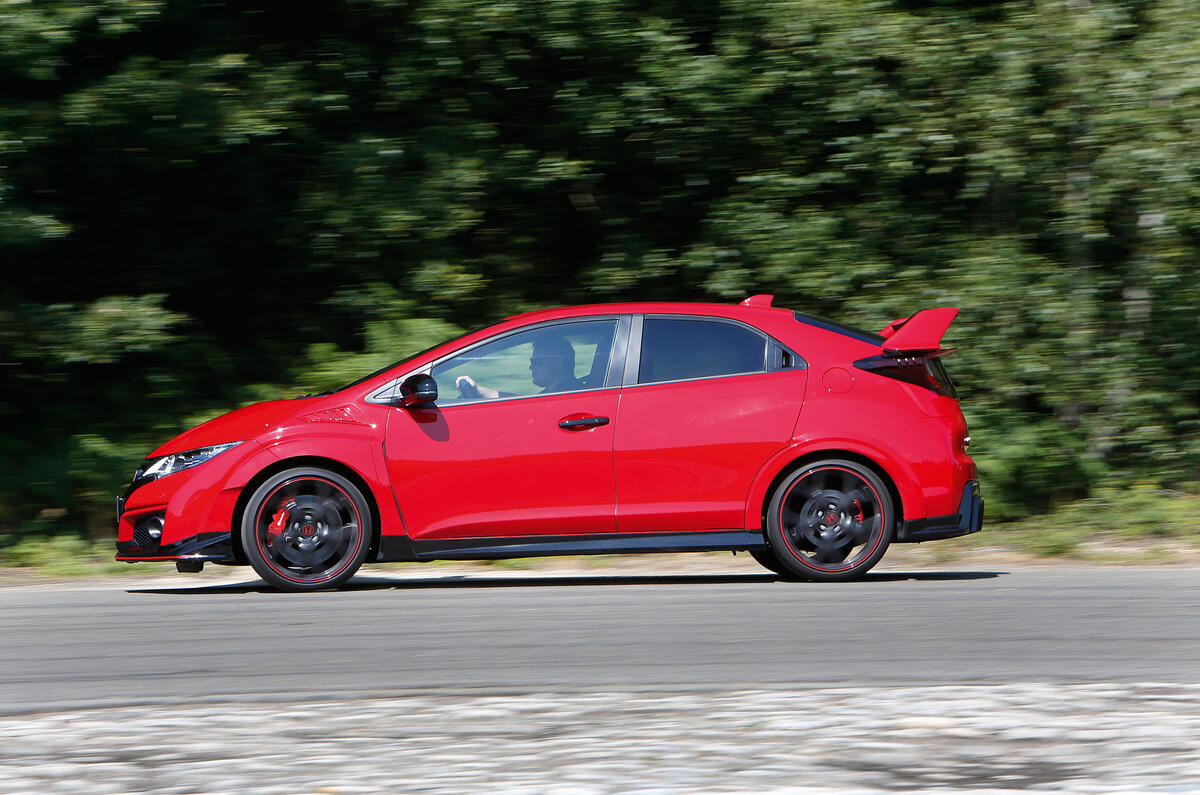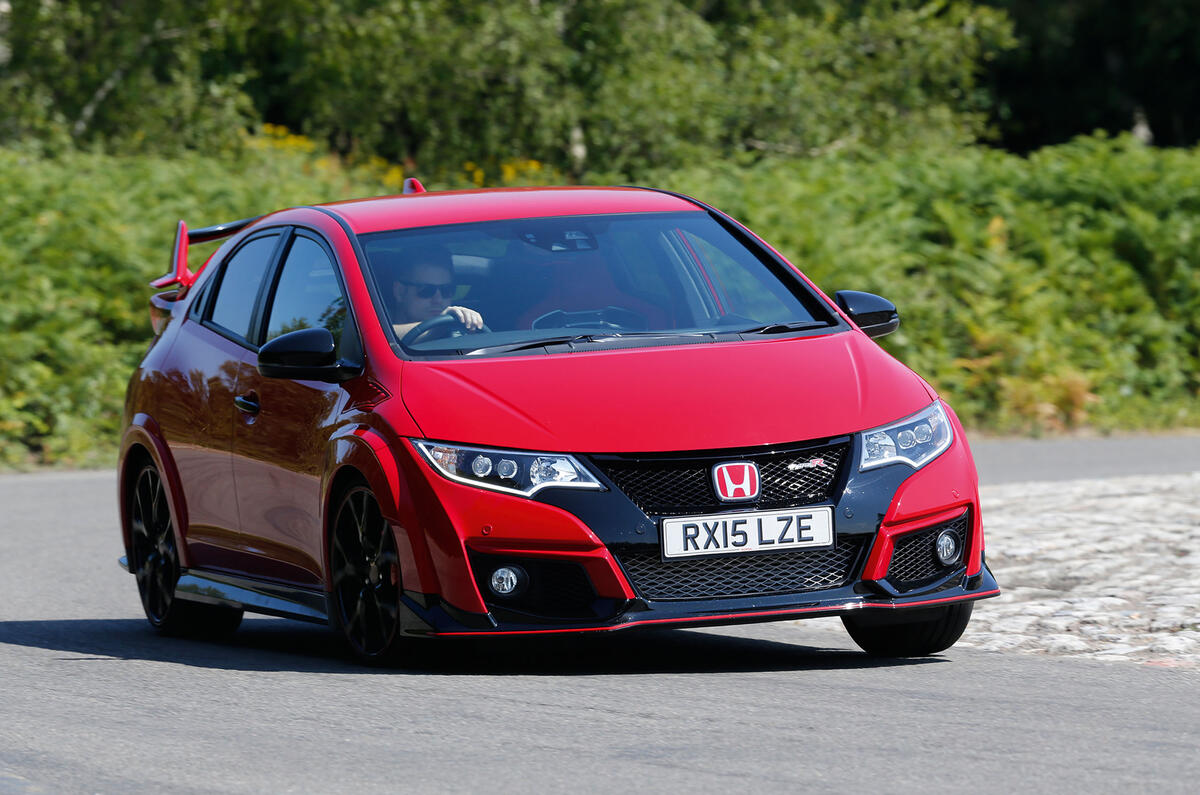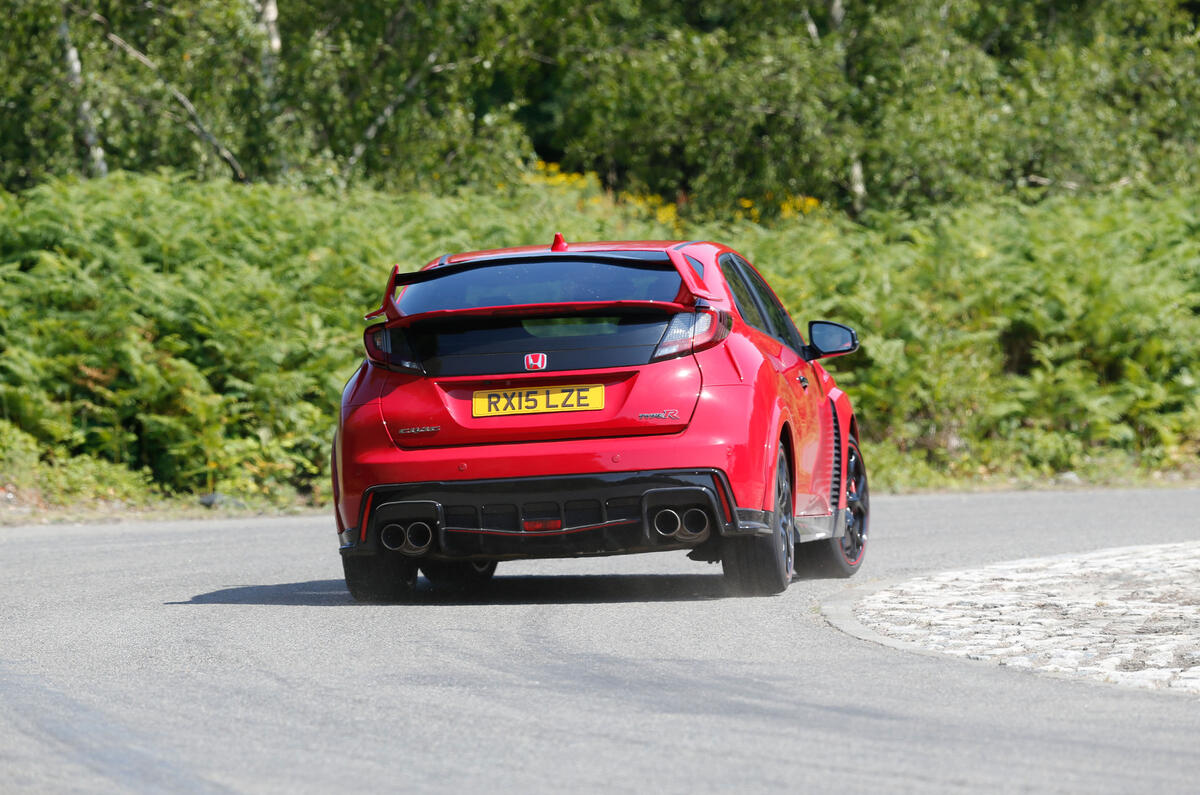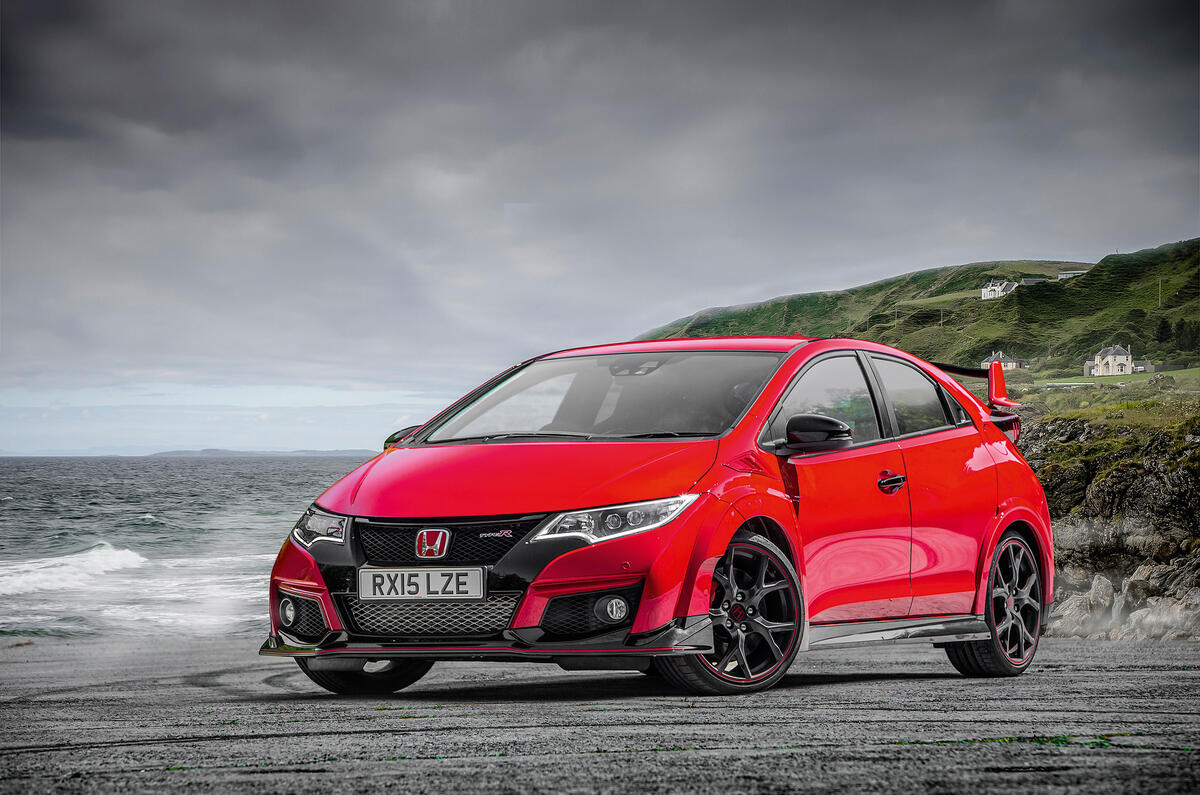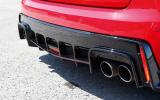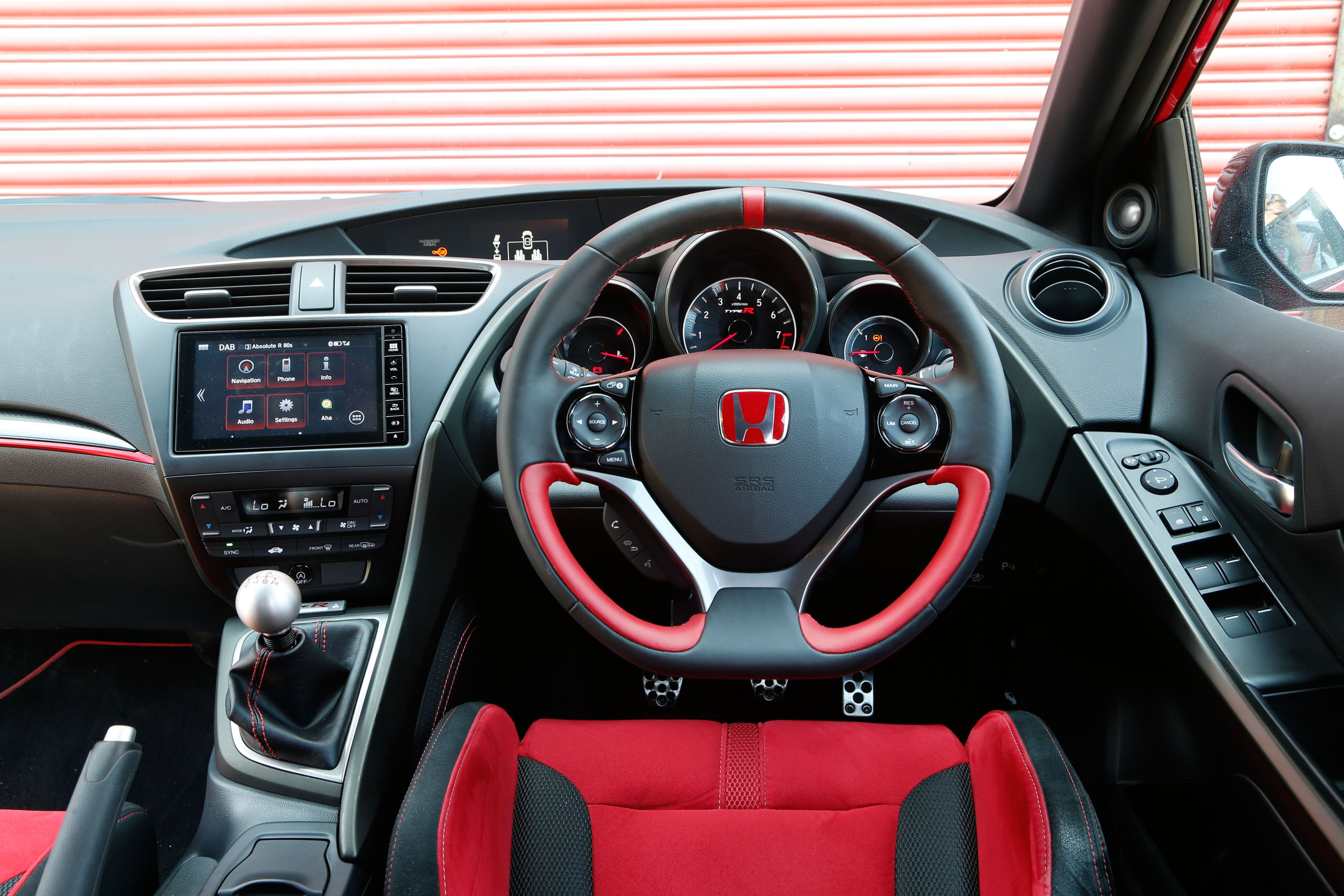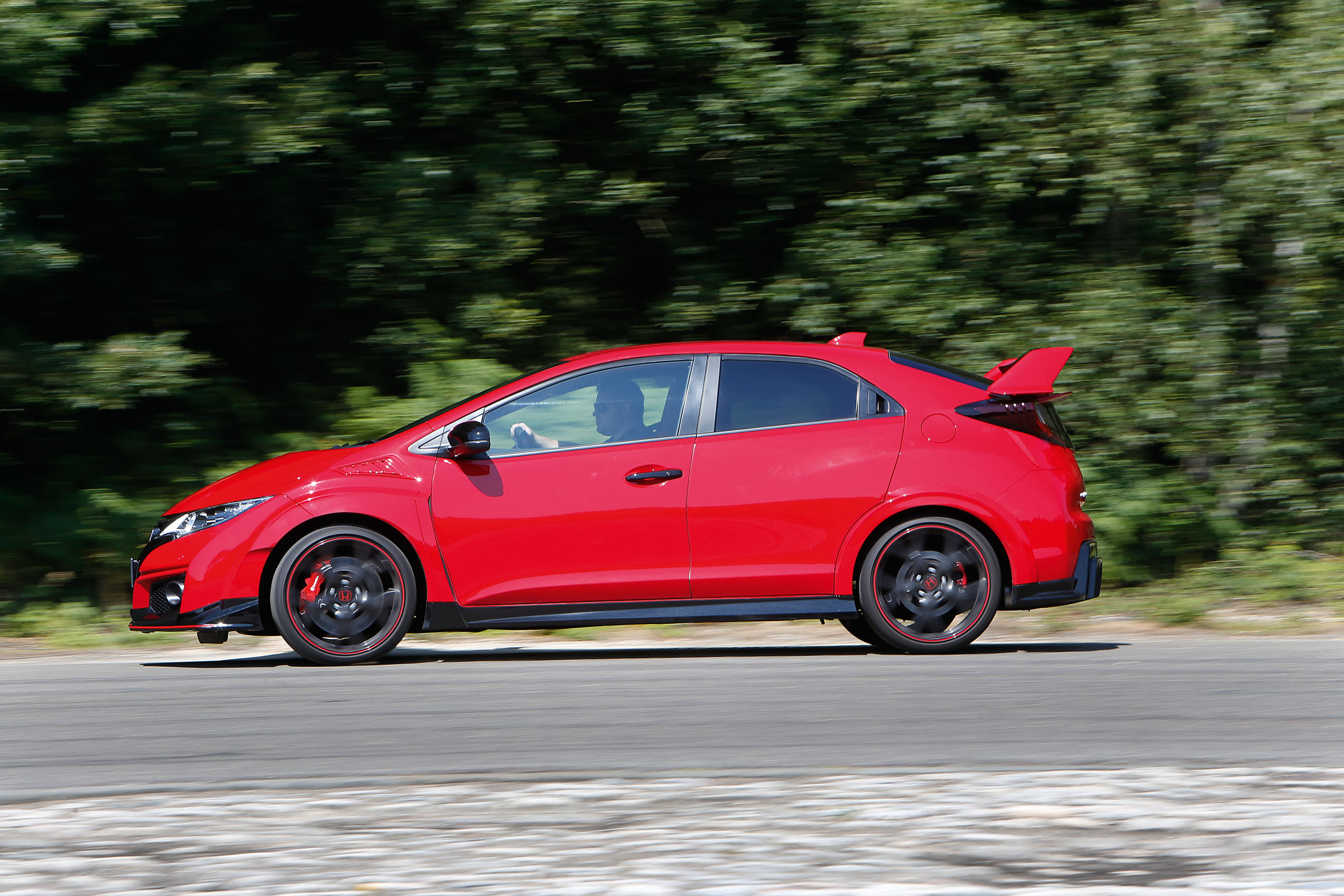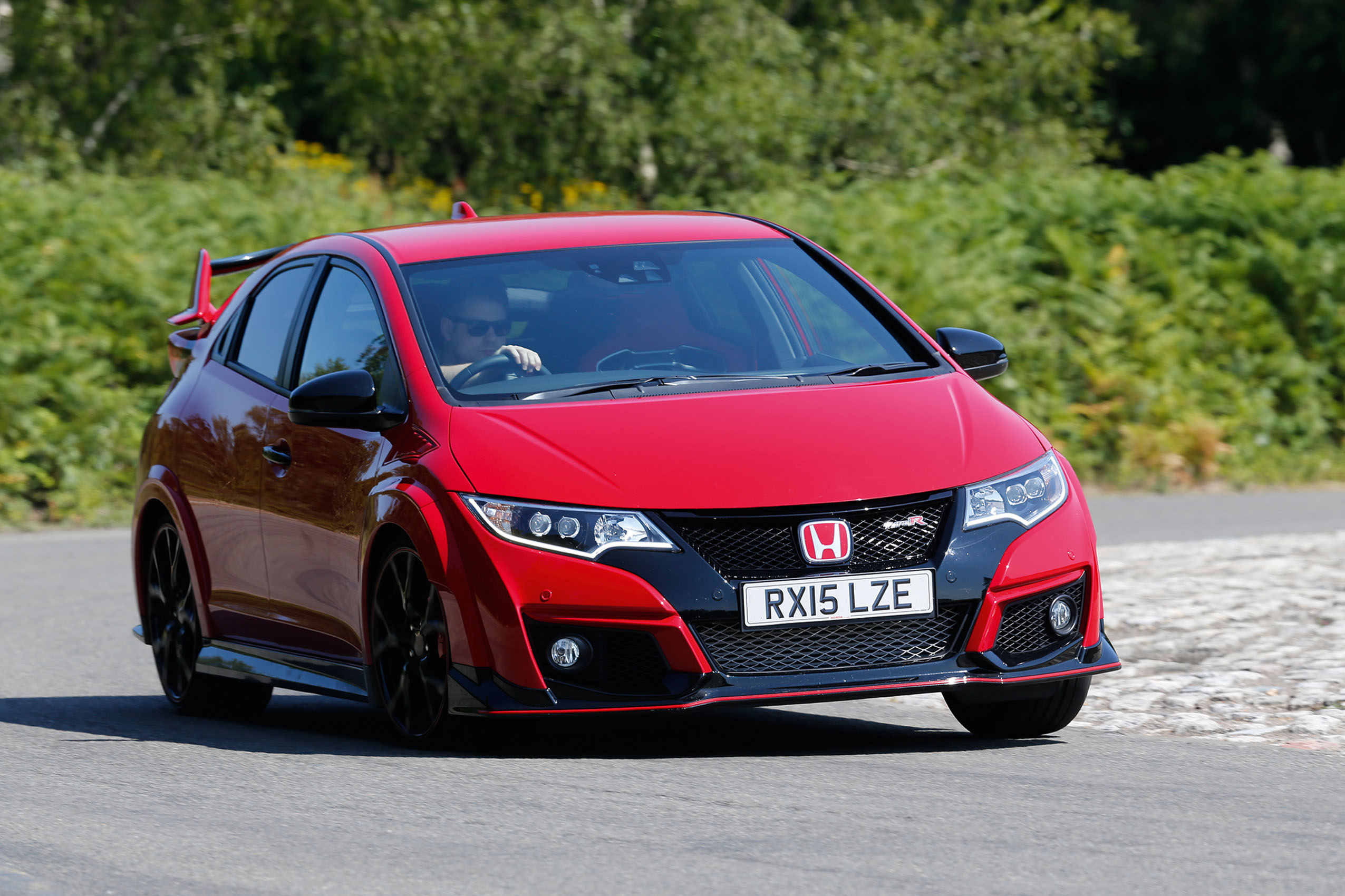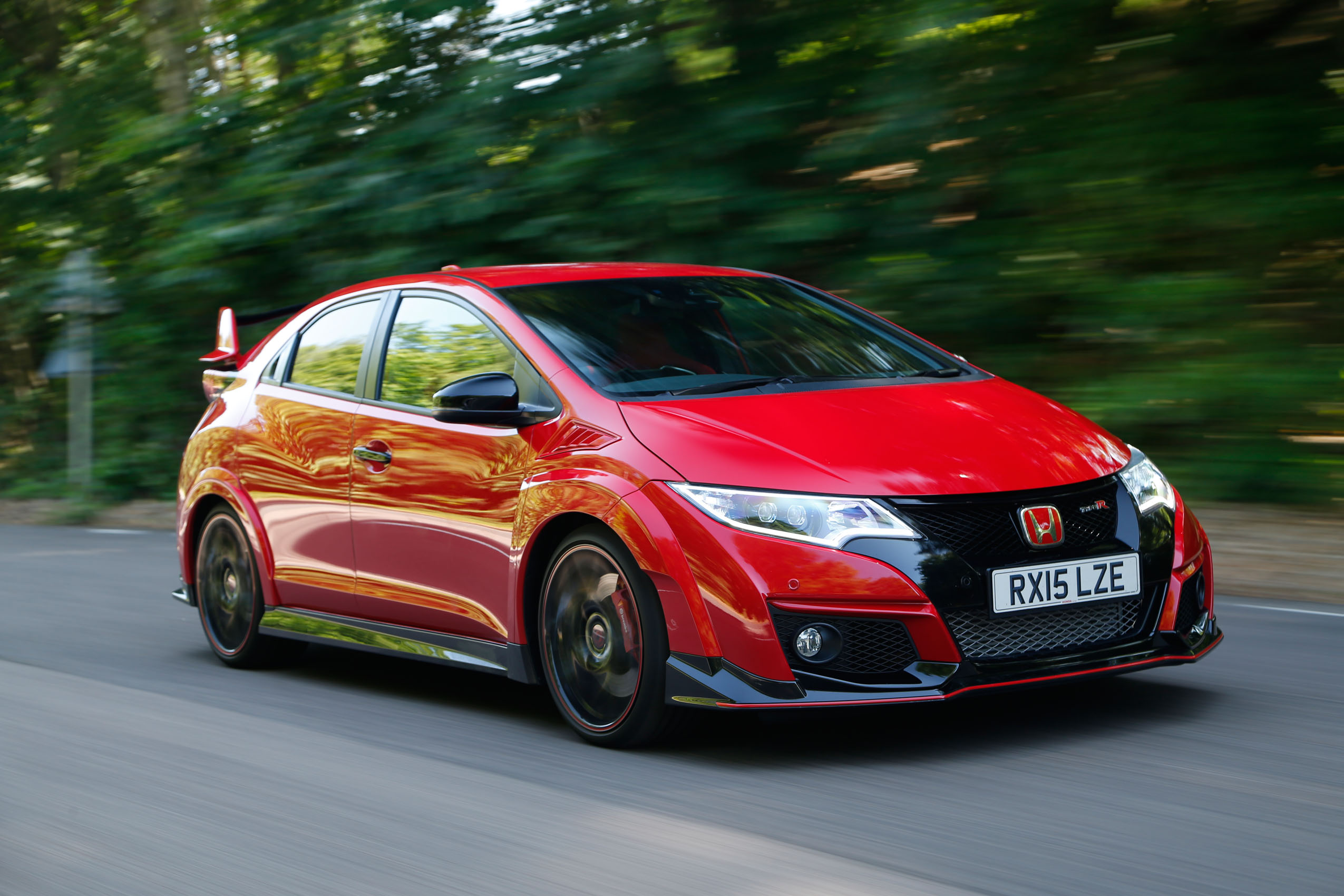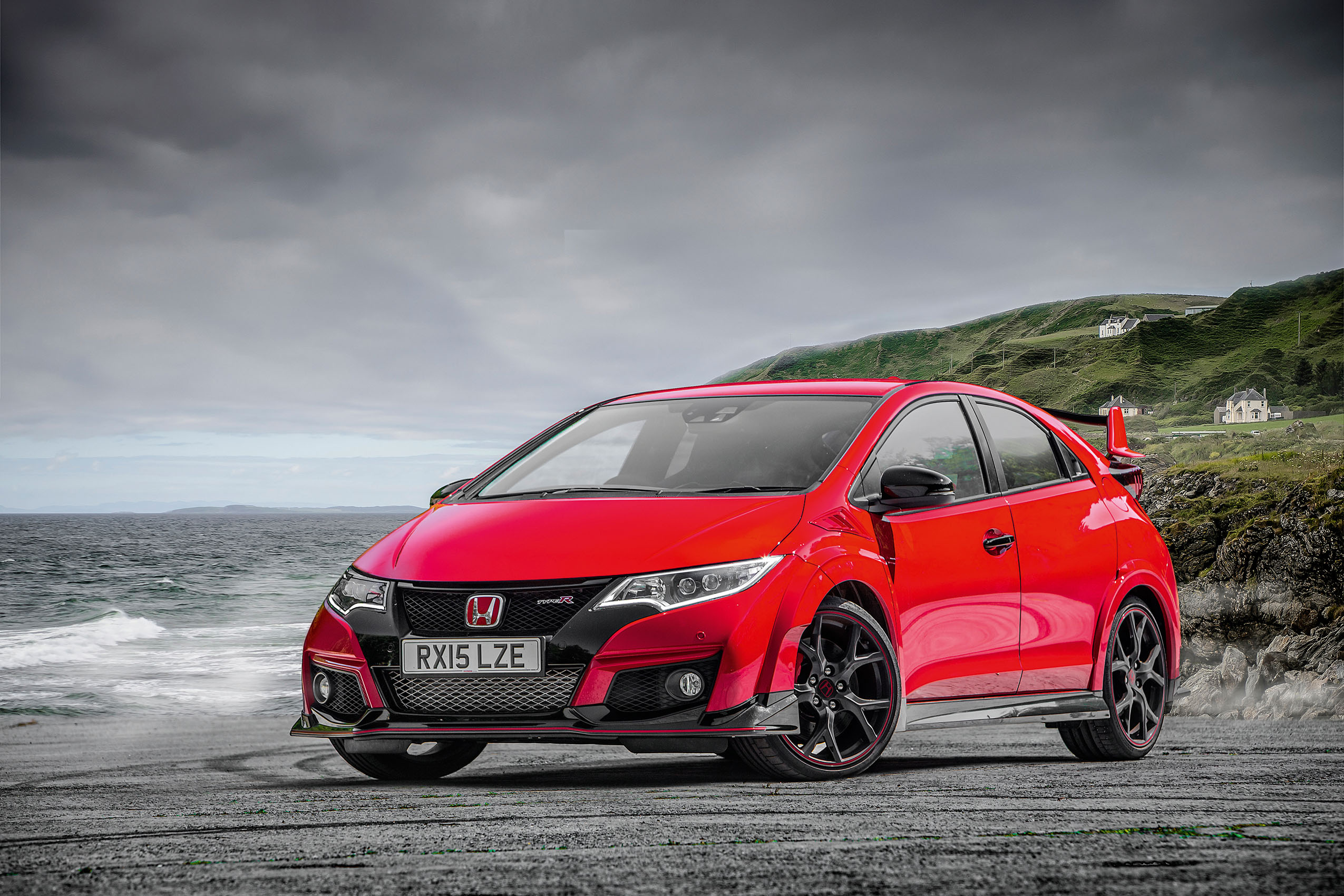The new Honda Civic Type R has had the kind of build-up that could make a US presidential election campaign look short.
The last naturally aspirated version went out of production five years ago, doing so with the biggest of bangs in the form of the Type R Mugen, which hit 237bhp and a jaw-dropping £39,000. It was hailed as a suitably feverish curtain call for one of the most affectionately regarded fast front-drivers ever produced. But that’s not how the story ended.
Shortly after the unveiling of the new-generation Honda Civic hatch in 2011, Honda started discussing plans for a new, turbocharged Type R compatible with the tighter European emissions standards that did for its predecessor. By 2013, the firm was showing teaser videos of disguised prototypes; shortly thereafter, successive concepts appeared.
At Geneva, we saw the finished product. And now it’s here – so frequently previewed, so hotly anticipated and such a long time coming that you almost need to be within touching distance to believe it.
That lengthy preamble speaks volumes about the departure this car represents for Honda and the ambition bound within its swollen arches. The hot hatchback market has been transformed since the days of the much-loved ‘EP3’ Type R that was the first to be built at Swindon and the first to strike it rich on UK sales.
But 200bhp is now no longer nearly enough for a full-size hot hatch. And Honda, a dyed-in-the-wool champion of fast-revving atmospheric engines, could no longer afford to maintain its long-running indifference towards forced induction.


